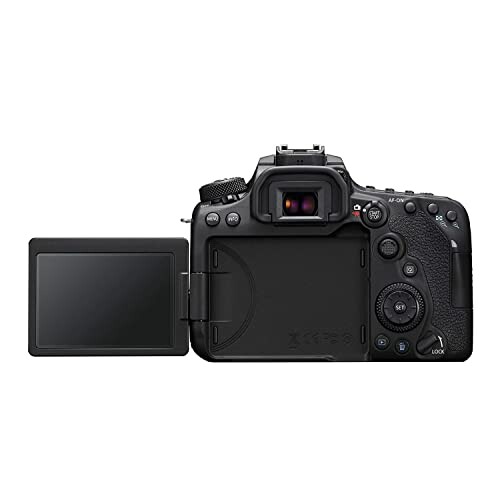
Advanced Techniques for Capturing Night Landscapes
Key Takeaways
- Long exposure is essential for capturing the beauty of night landscapes.
- Understanding light sources and how to use them can enhance your images.
- Setting your camera correctly is crucial for stunning night photography.
- Always experiment with your settings to find what works best for your scene.
- Practice composition to create engaging and dynamic night landscape photos.
Night photography can be a challenging yet rewarding genre for any photographer. It allows you to explore different settings, compositions, and techniques to capture stunning landscapes. In this article, we will delve into expert techniques for photographing night landscapes, including long exposure, lighting considerations, and the optimal camera settings to achieve breathtaking results.
The importance of long exposure
Long exposure photography is key when shooting at night. This technique involves keeping your camera's shutter open for an extended period, allowing more light to hit the sensor. Below are several steps to master long exposure:
- Use a tripod: A sturdy tripod is essential for stabilizing your camera during long exposures.
- Adjust shutter speed: Experiment with various shutter speeds ranging from a few seconds to several minutes.
- Utilize remote shutter release: This prevents camera shake caused by pressing the shutter button.
- Monitor light levels: Use a light meter or histogram to ensure proper exposure.
Lighting considerations
Light is a fundamental element in photography. Capturing night landscapes successfully often relies on understanding and using various light sources:
| Light Source | Benefits | Challenges |
|---|---|---|
| Natural Light (Moonlight) | Provides soft illumination and enhances landscape features. | Can be faint; timing is key to capture the right glow. |
| City Lights | Add colorful highlights and reflections to your images. | Too much light can overexpose parts of the image. |
| Light Painting | Allows for creative use of light to add elements to your scene. | Requires practice to synchronize timing with movements. |
Best camera settings for night landscapes
To get the best results, utilize the following camera settings:
- ISO: Start with ISO 100 or 200 to minimize noise.
- Aperture: Use a wide aperture (f/2.8 to f/4) for better light gathering.
- Shutter Speed: Adjust based on lighting conditions; typically start from 10 seconds.
- Focus: Manual focus is often more reliable in low-light conditions. Focus on well-lit objects.
- White Balance: Set to "Tungsten" for a warmer look, or experiment with custom settings.
Practicing composition
Composition plays a significant role in night landscape photography. Here are some techniques to enhance your composition:
- Rule of Thirds: Divide your frame into a 3x3 grid and place points of interest at intersections.
- Leading Lines: Use natural elements like roads or rivers to lead the viewer's eye into the scene.
- Foreground Interest: Incorporate elements in the foreground to add depth to your image.
- Balance Elements: Achieve a harmonious balance between sky and land features.
- Utilize the Night Sky: Capture the Milky Way or star trails to create a stunning backdrop.
Recommended products for night landscape photography
If you are serious about capturing amazing night landscapes, consider investing in quality equipment. Here are some products that can elevate your night photography experience:
Canon DSLR Camera [EOS 90D]
A versatile DSLR featuring Built-in Wi-Fi, Bluetooth, and a 32.5 Megapixel sensor, perfect for stunning night captures.
Learn MoreFHD 1080P Kids Camera
A compact and user-friendly camera with 48MP capabilities designed for those starting in photography.
Learn MoreCanon PowerShot V10 Camera
This compact vlogging camera features a 4K resolution, perfect for capturing stunning videos in dynamic conditions.
Learn MoreConclusion
Night landscape photography is an art that combines technique, creativity, and patience. By mastering long exposures, understanding lighting, and practicing composition, you can transform your nighttime images into captivating artwork. Don’t hesitate to experiment with your equipment and settings to discover what works best for your style. 🌌
For more helpful tips, check out our Photography Tips section where you will find a wealth of resources aimed at enhancing your photography skills.


